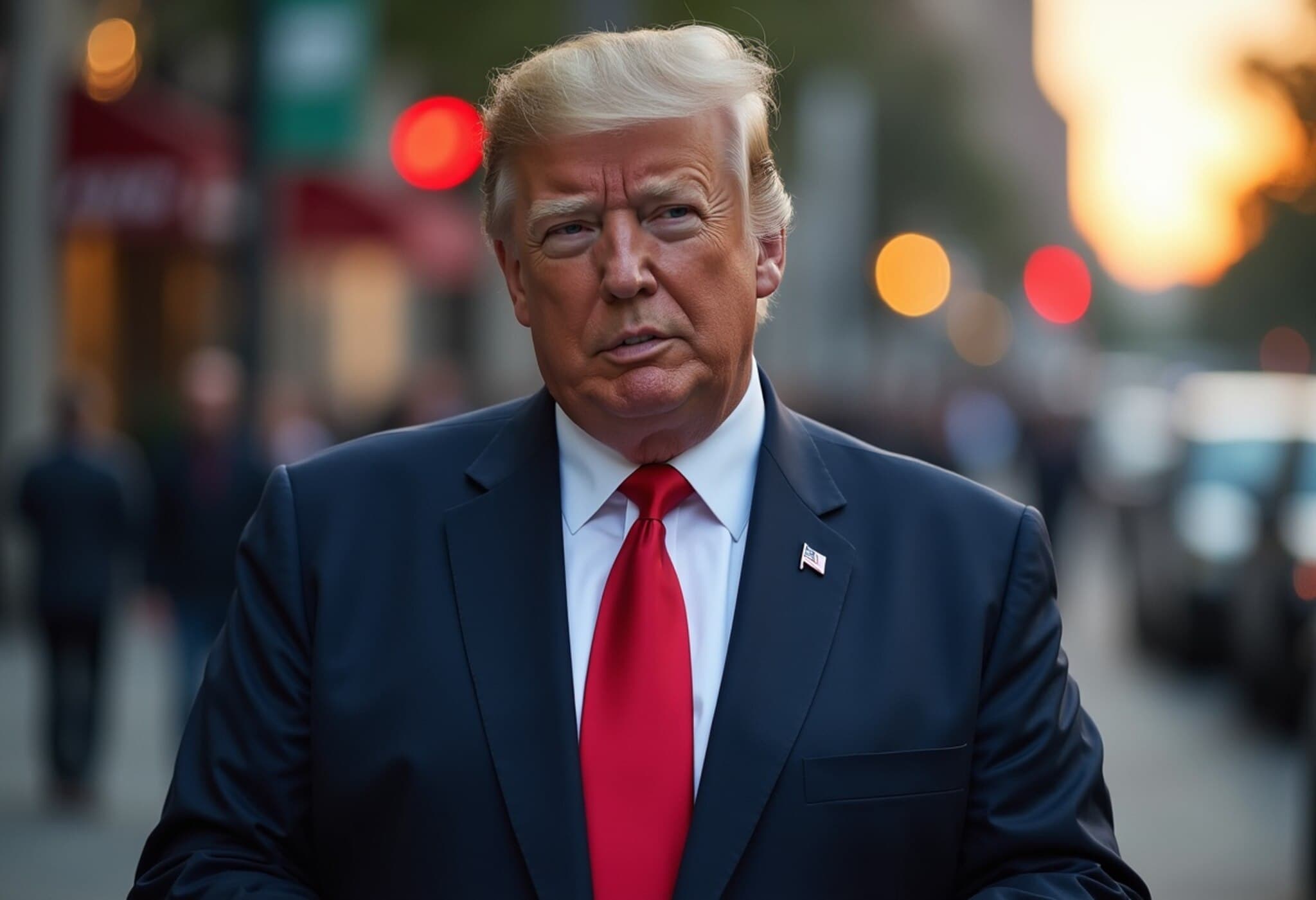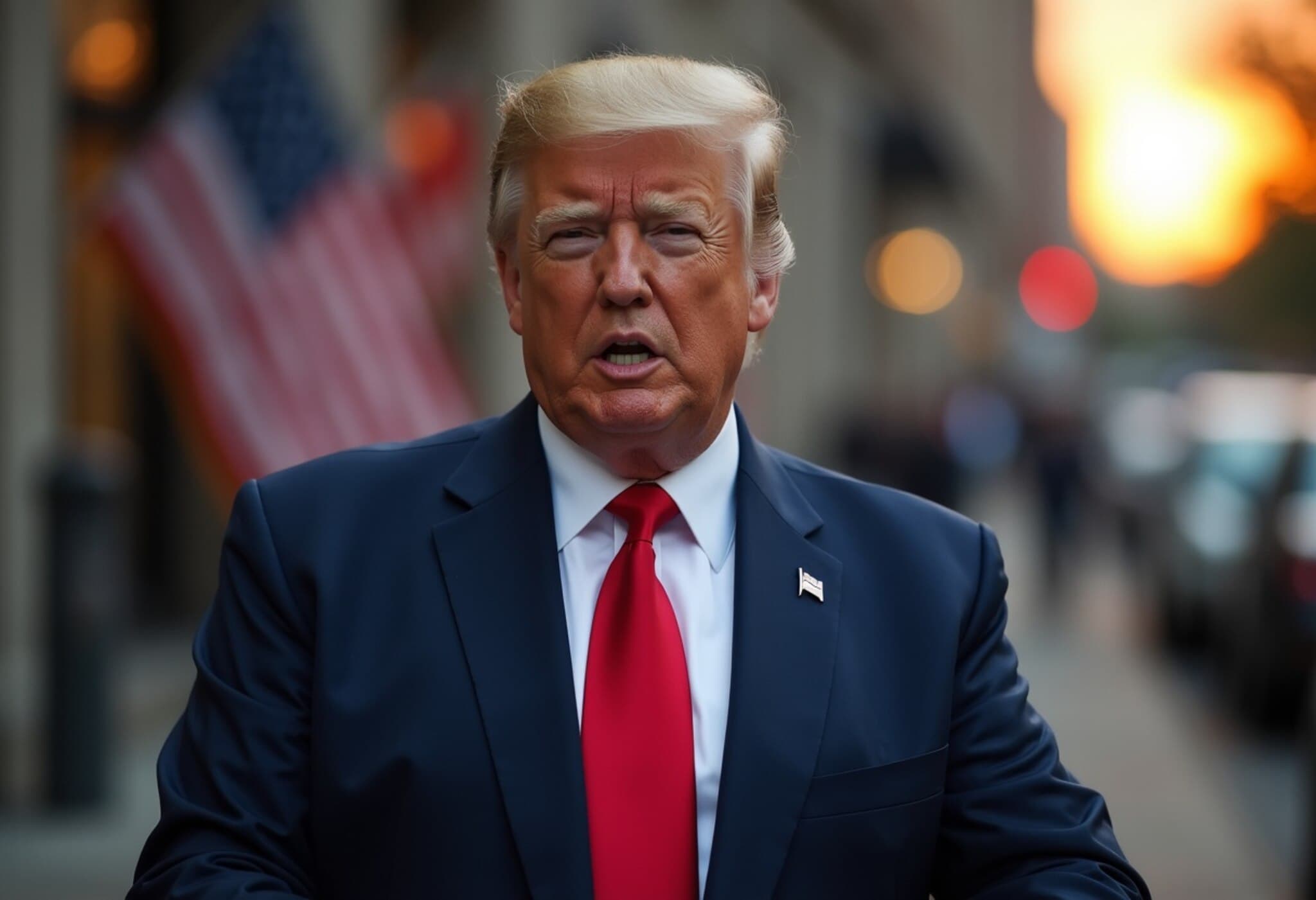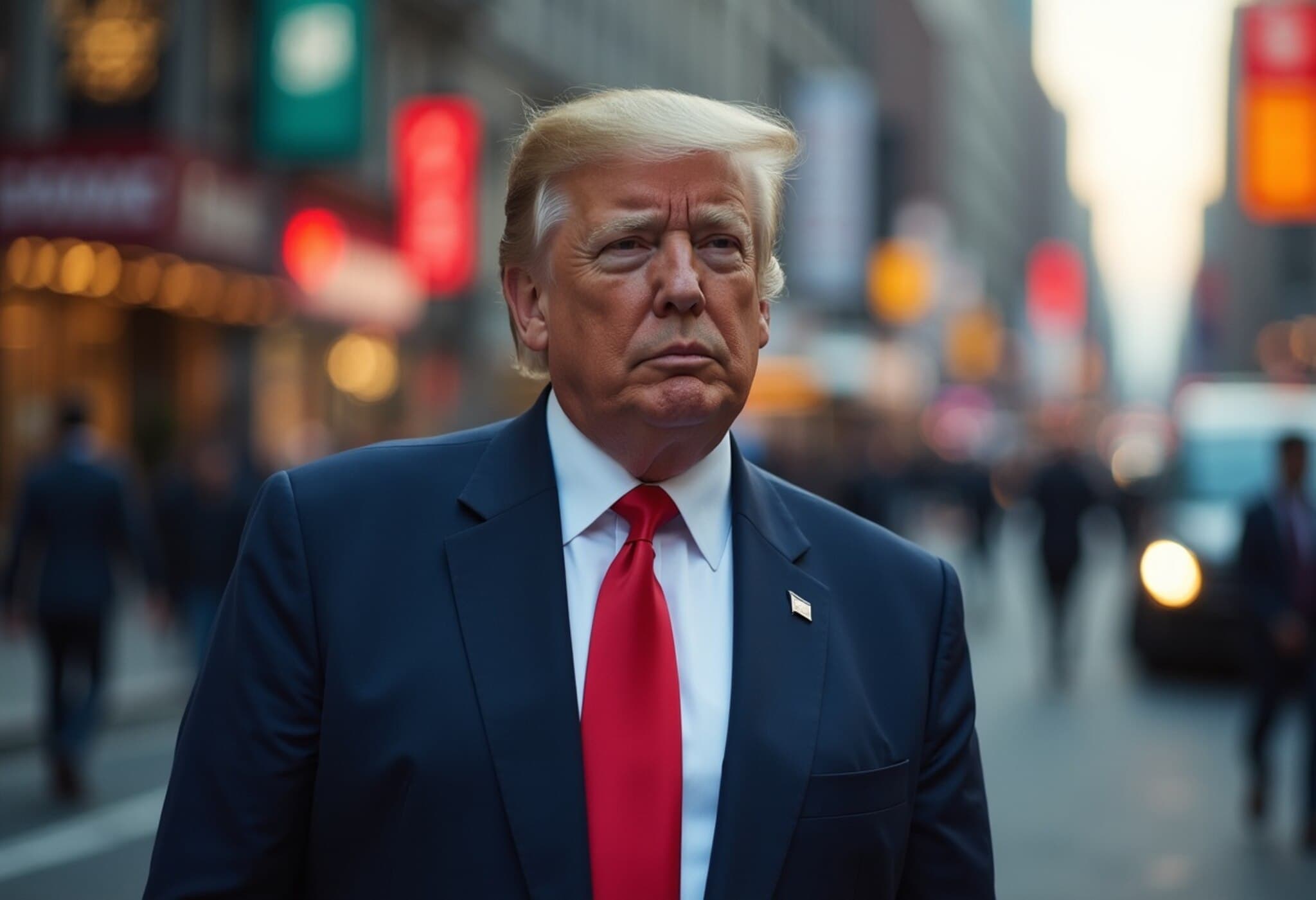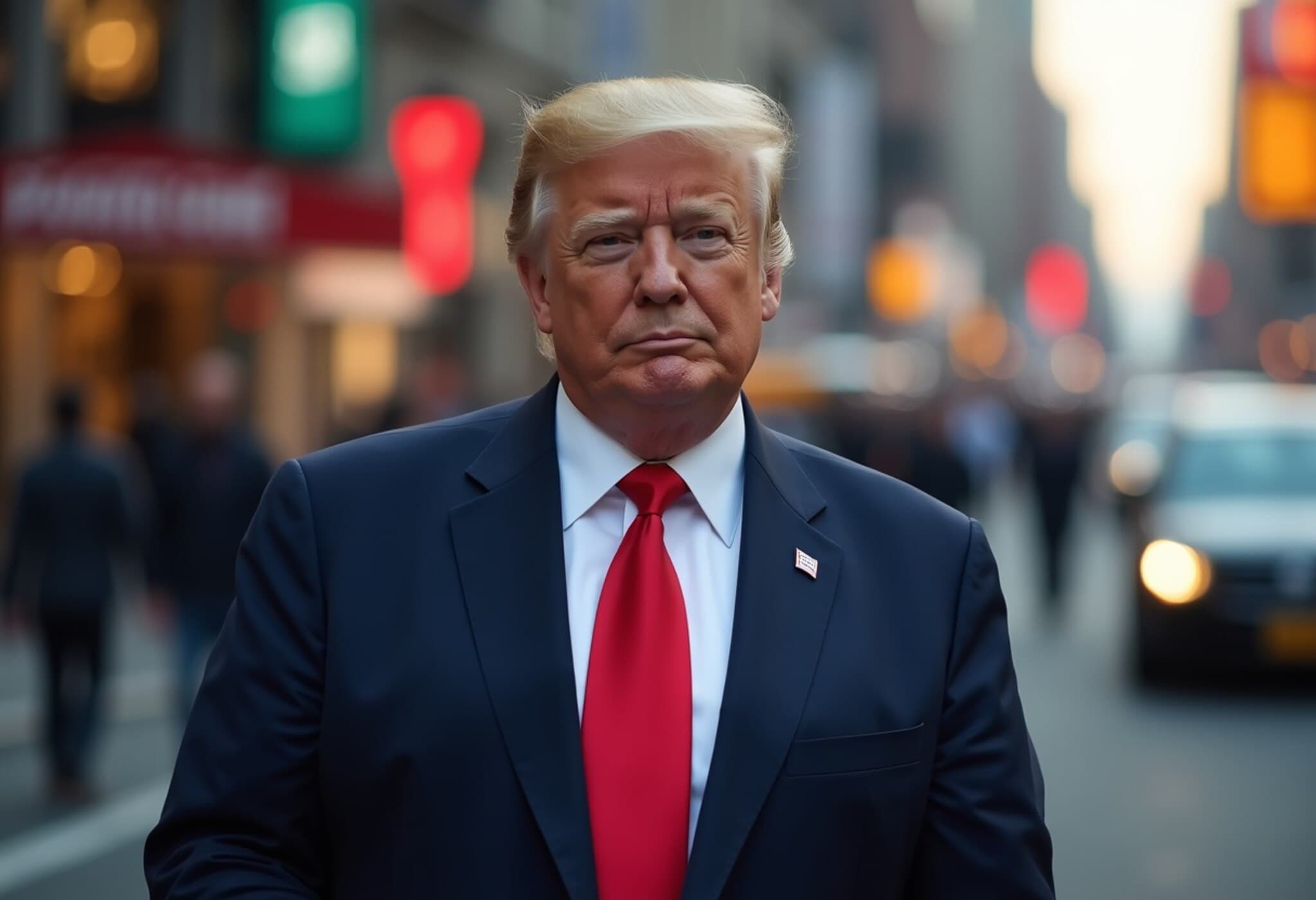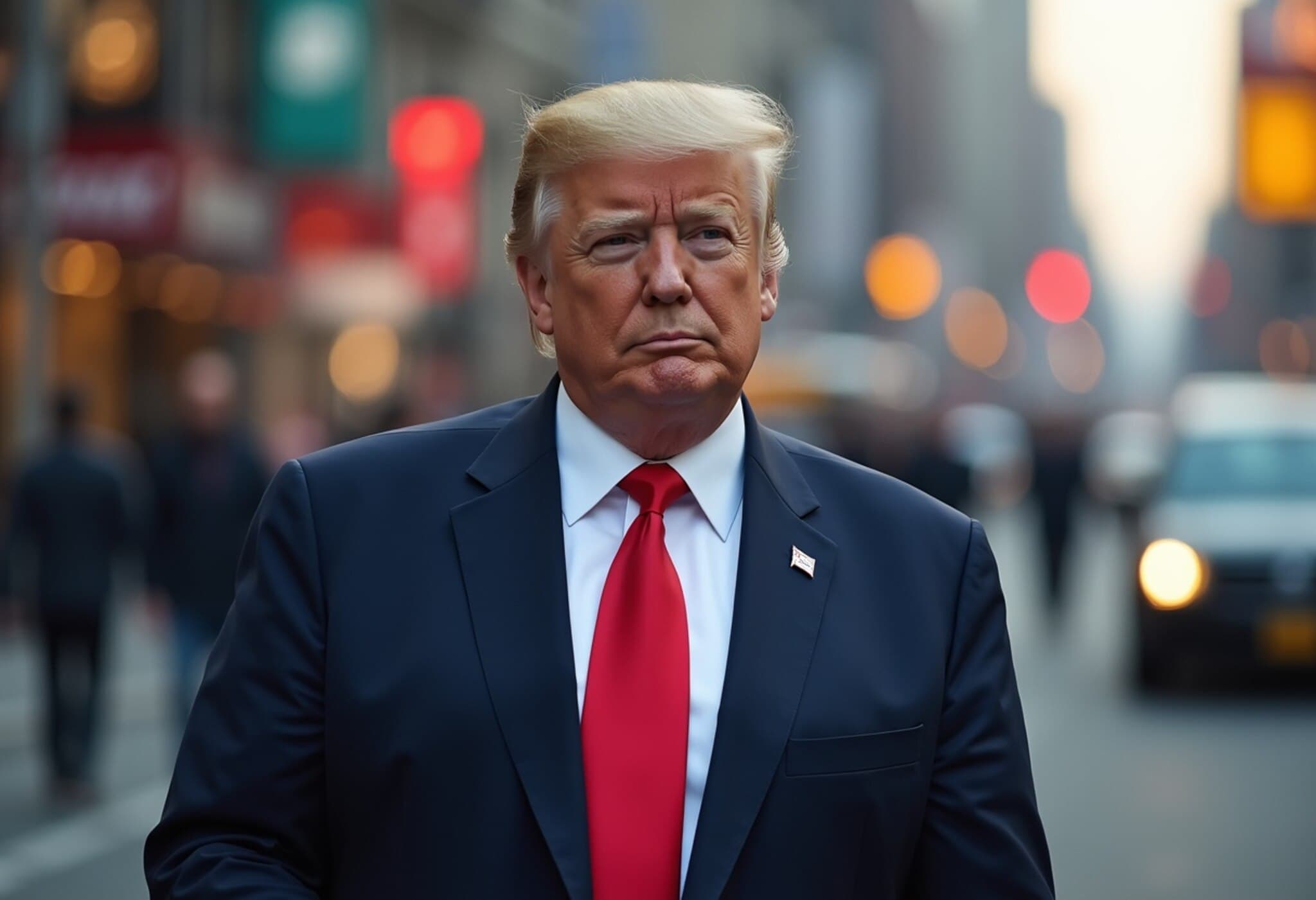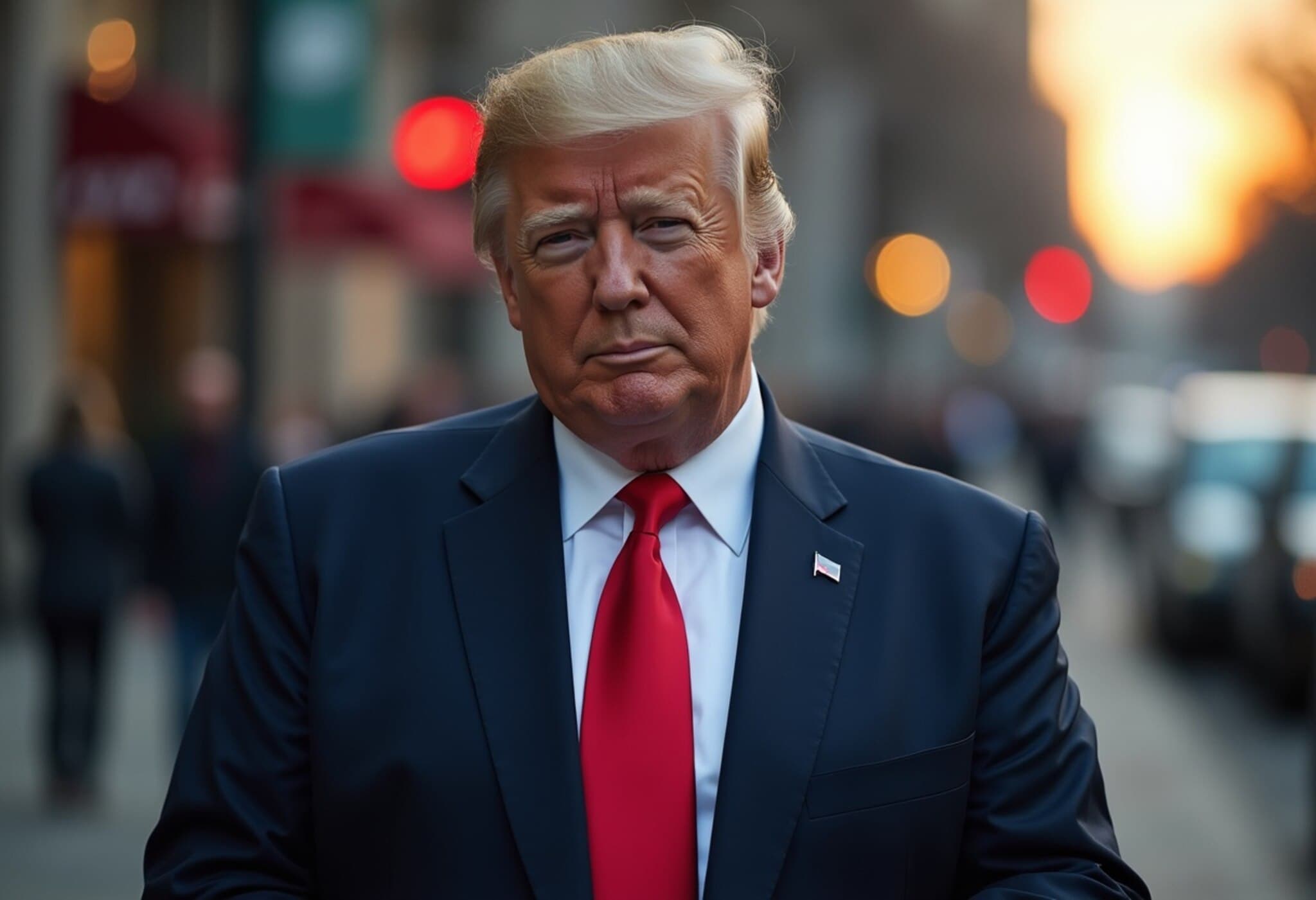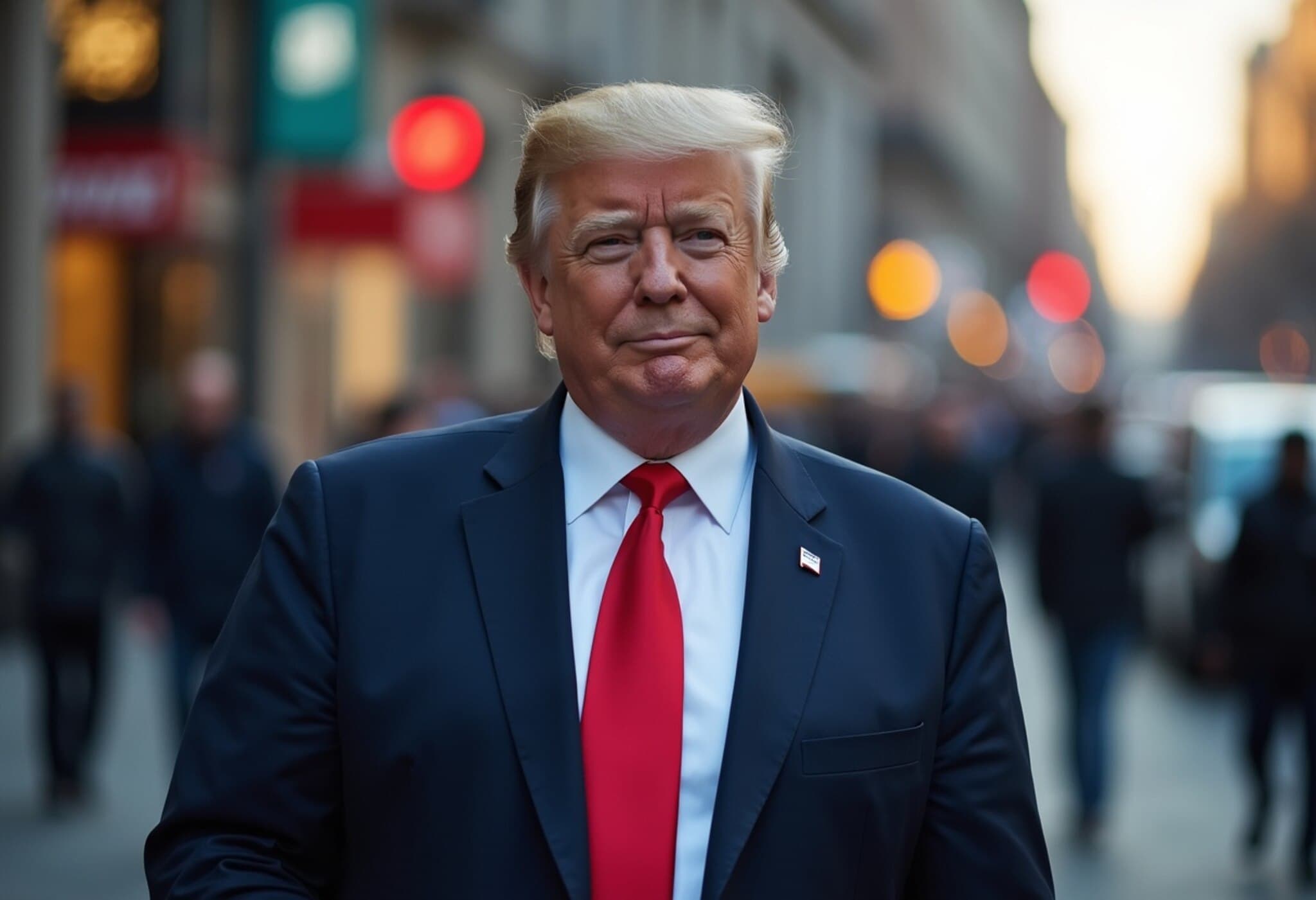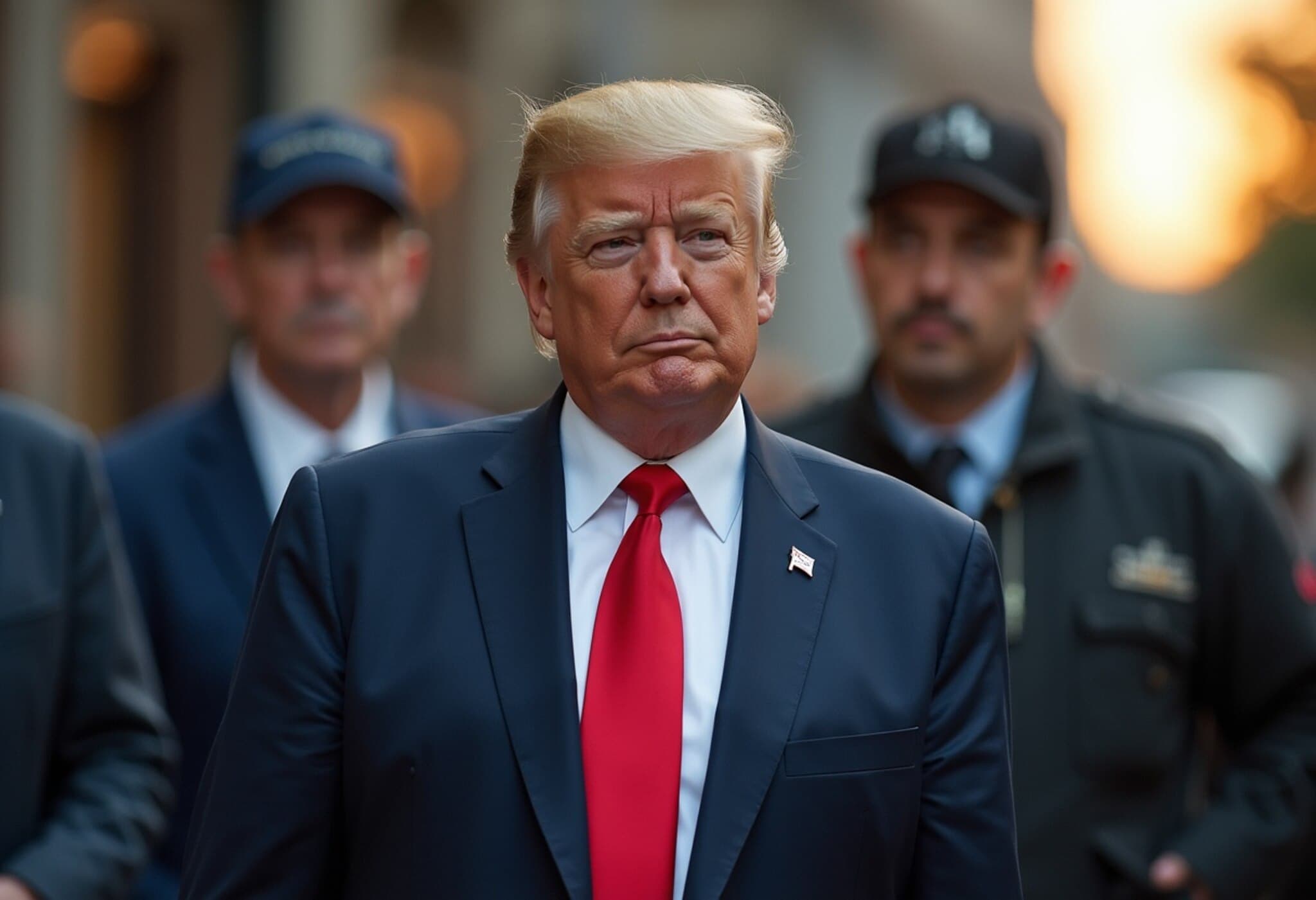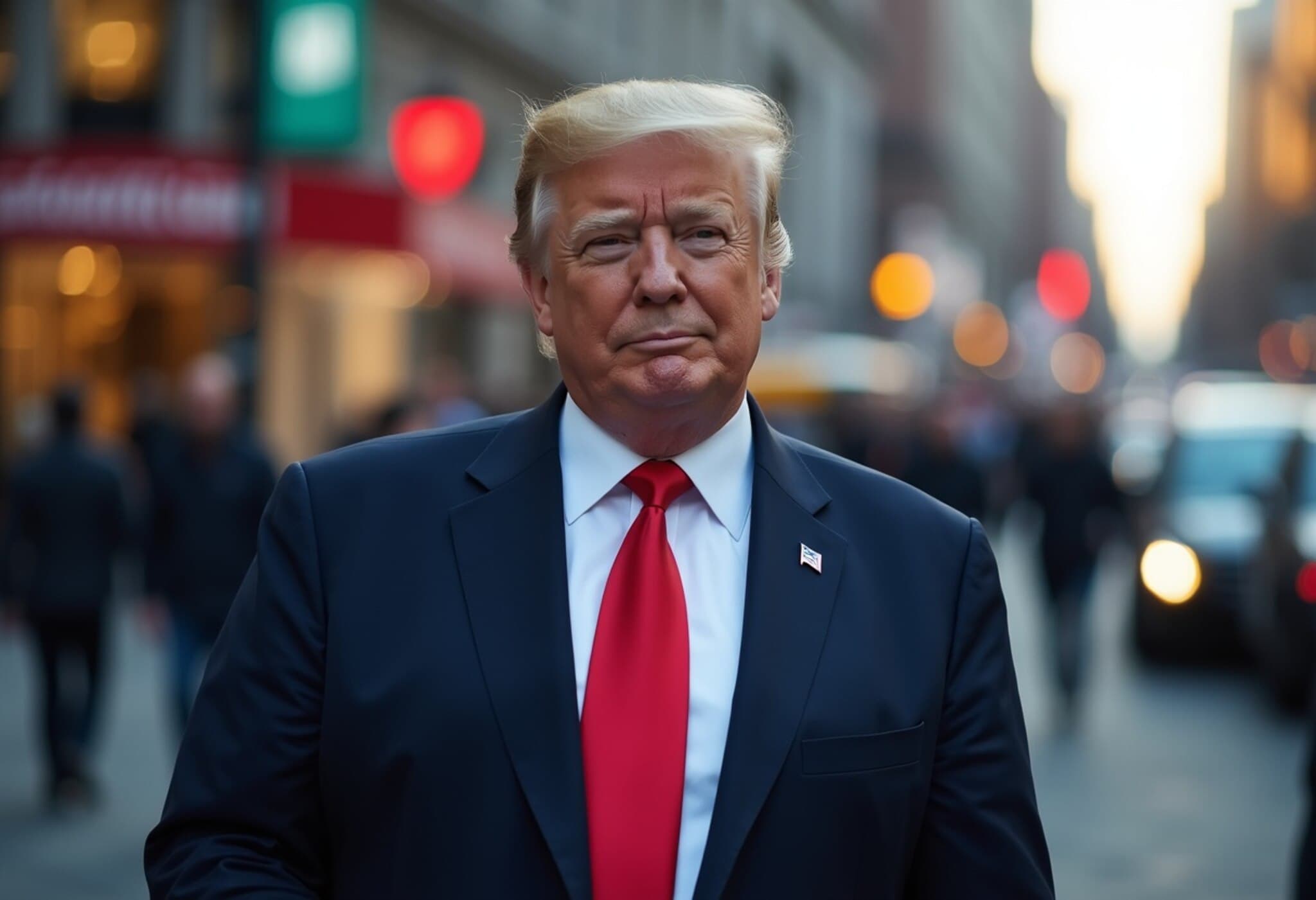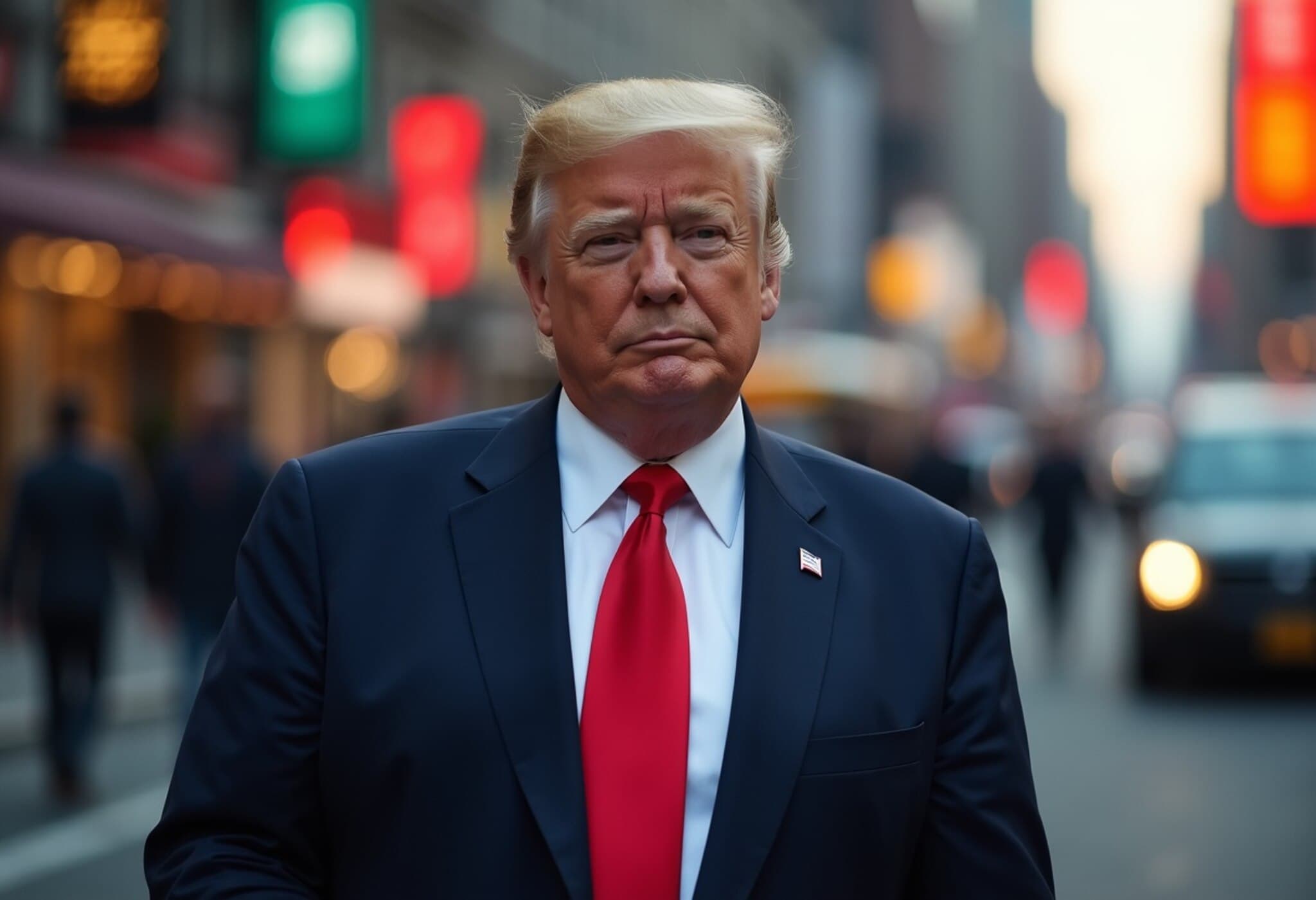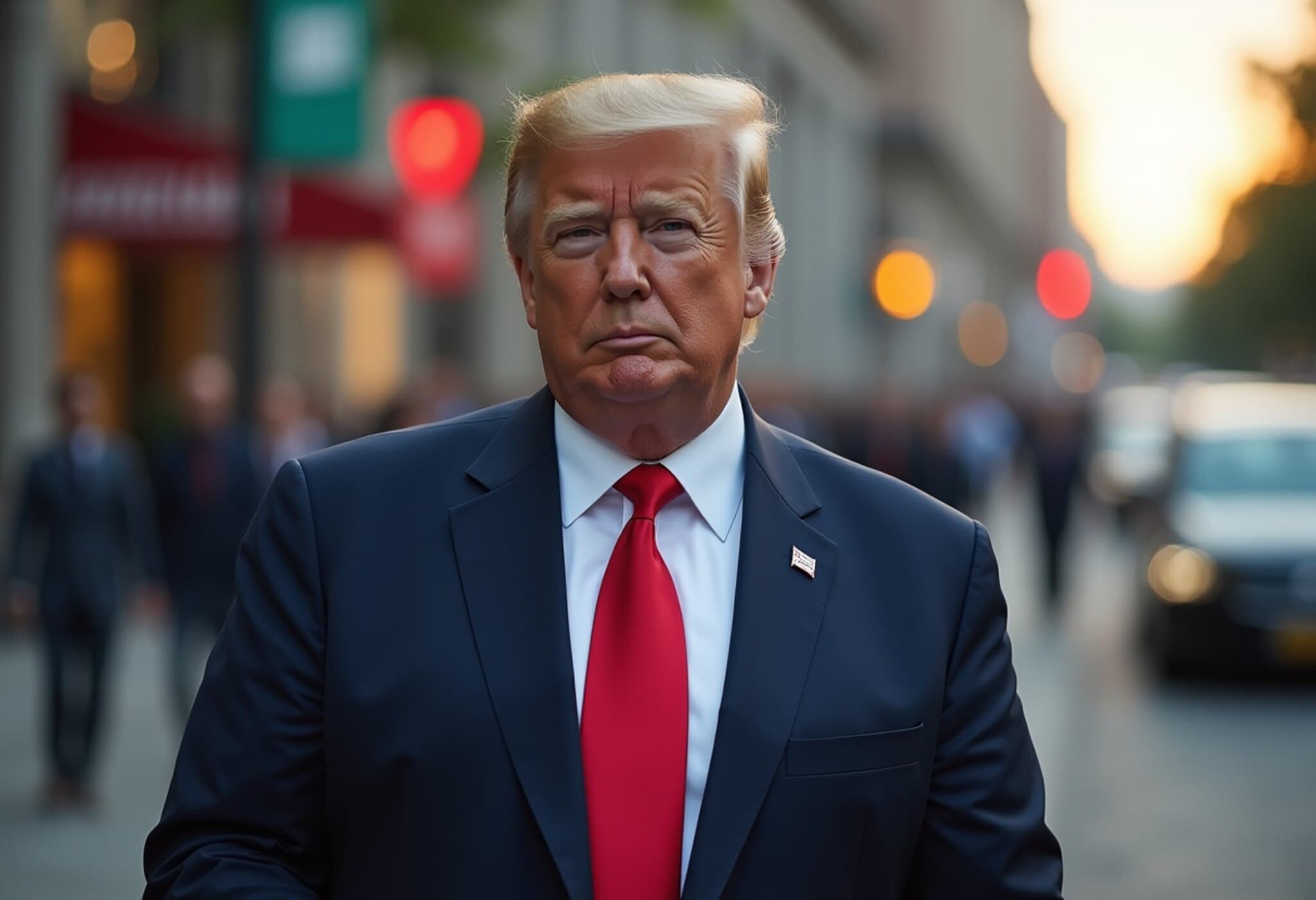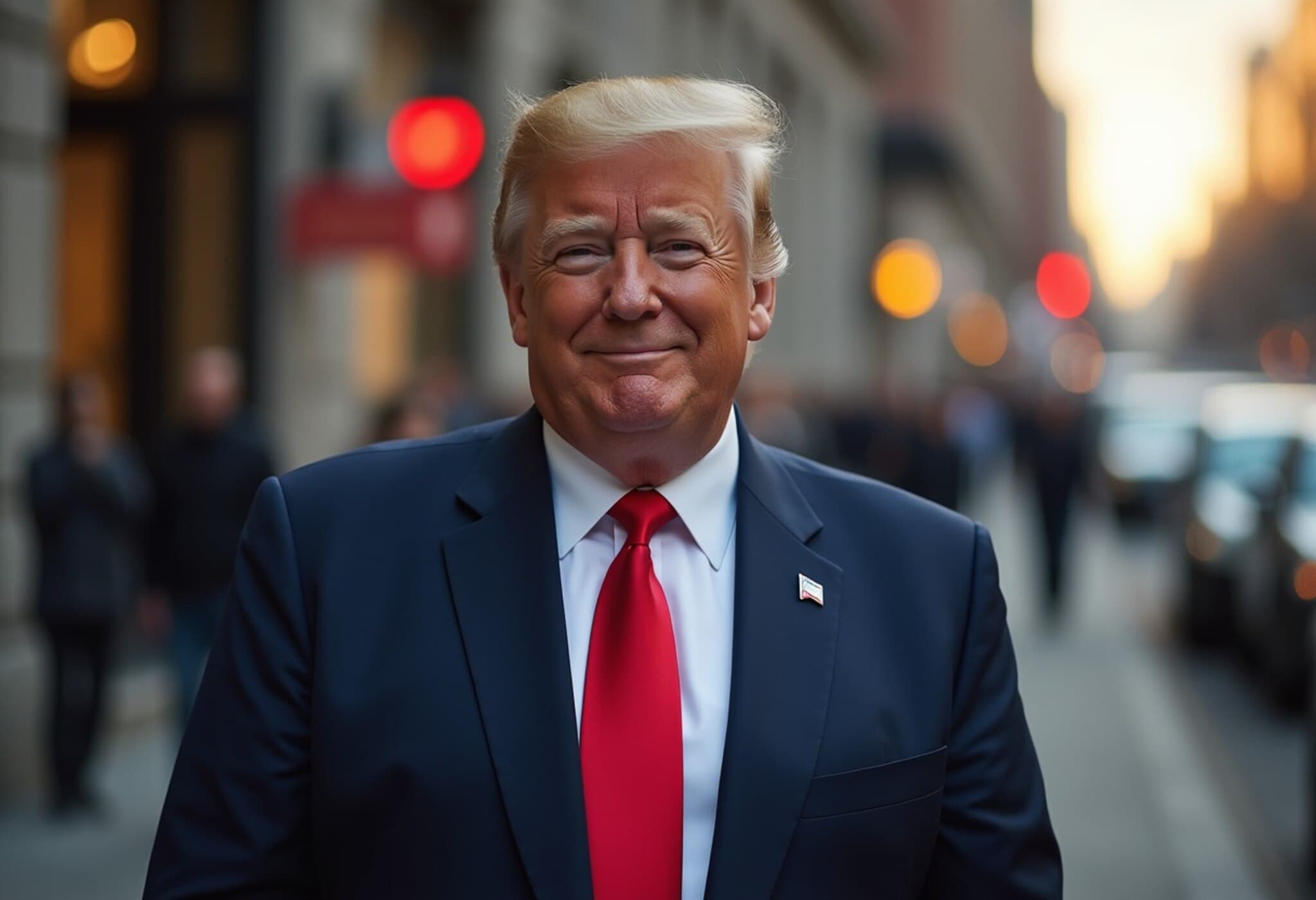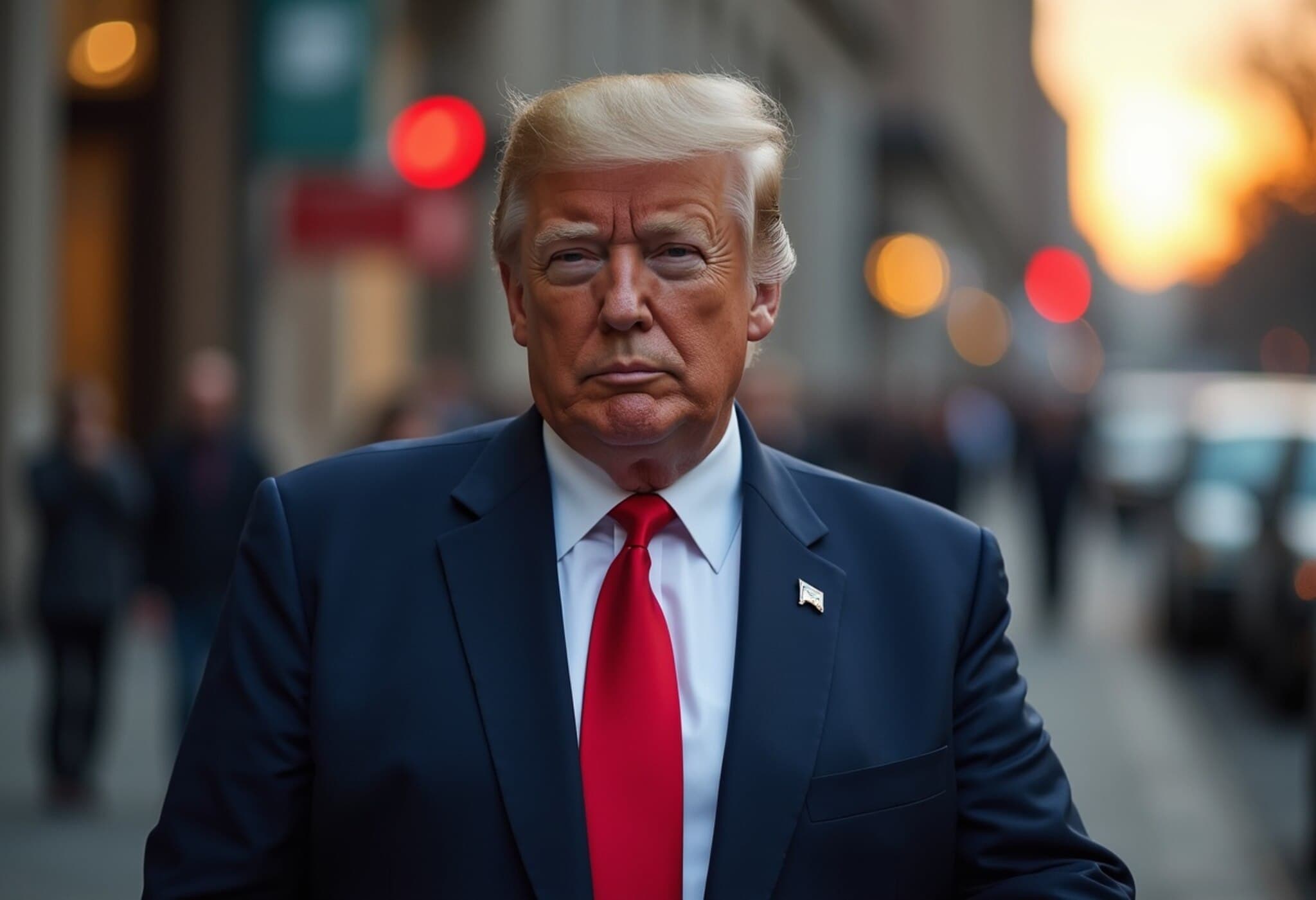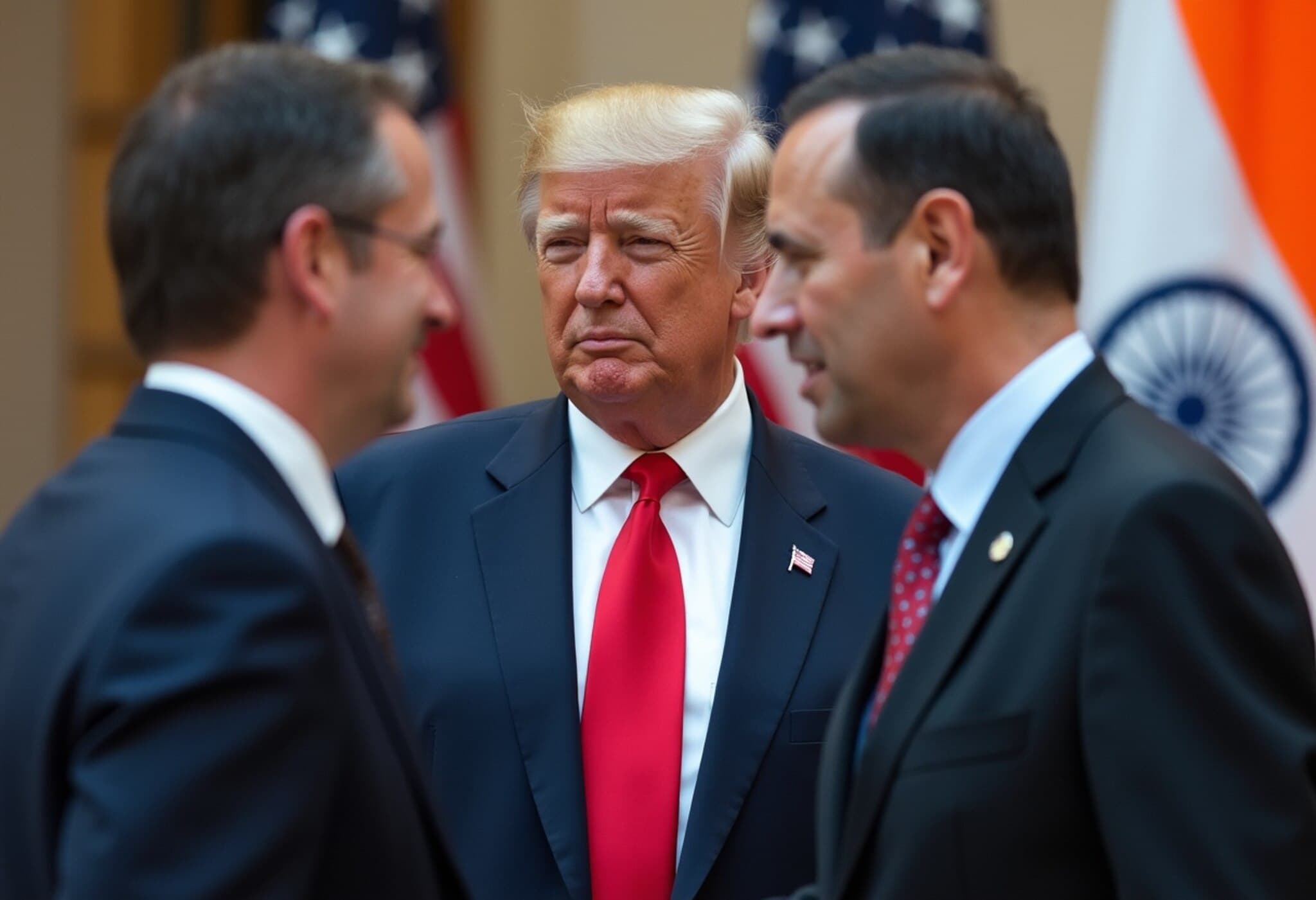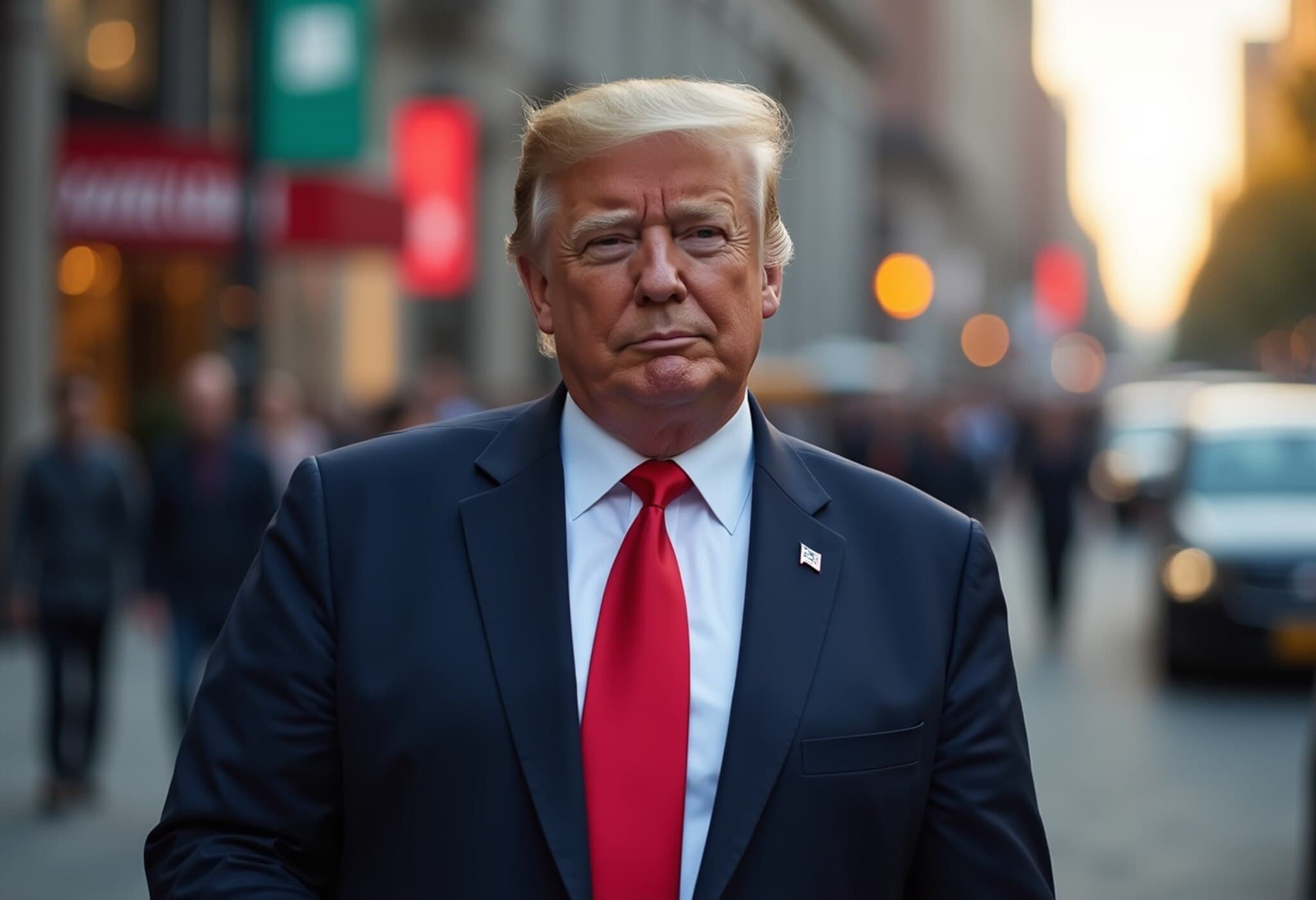Trump Announces Unexpected Tariffs on Over 70 Countries
In a move that took many by surprise, President Donald Trump issued an executive order on August 1, 2025, announcing new tariff measures affecting more than 70 countries and the 27-member European Union (EU). These tariffs are set to take effect on August 7, marking a significant escalation in the U.S. administration's ongoing trade policy strategy.
The tariffs comprise a baseline 10% duty on imports from countries not explicitly listed in the order, while other nations face differentiated rates based on trade imbalances and regional economic factors, according to a senior U.S. administration official.
Context Behind the Tariffs
This latest action occurs amid intense negotiations between the U.S. and its global trading partners, as the Trump administration strives to recalibrate trade deals deemed unfavorable to American interests. The move reflects the president's broader economic approach centered on addressing perceived trade deficits and promoting “America First” policies.
On his social media platform Truth Social, President Trump emphasized the rigidity of the August 1 deadline, tweeting, “THE AUGUST FIRST DEADLINE IS THE AUGUST FIRST DEADLINE – IT STANDS STRONG, AND WILL NOT BE EXTENDED. A BIG DAY FOR AMERICA!!!” While the date was initially described as “firm, but not 100% firm,” the eventual imposition underlines the administration’s resolve to follow through.
Key Details and Trade Deal Highlights
Tariffs Overview
- Baseline 10% Tariff: Applied to countries not specifically listed.
- Targeted Tariffs: Higher rates up to 50% on certain goods from select countries.
- 68 Countries and EU: Specific tariff rates assigned individually, reflecting trade data and economic considerations.
Recent Trade Agreements and Negotiations
On the sidelines of these tariff announcements, President Trump claimed progress in trade talks, noting, “We have made a few deals today that are excellent deals for the country.” However, details remain sparse. Notably:
- India: Faces a 25% tariff plus an additional penalty related to military and energy transactions with Russia.
- China: Nearing a deal possibly offering favorable tariff rates and potential waivers, particularly regarding tariffs tied to Russian oil imports and BRICS-related duties.
- South Korea, Japan, Indonesia, Philippines: Agreements were recently secured, easing tensions.
- Cambodia and Thailand: Trades tied to a ceasefire agreement between the two over border conflicts.
- EU: Awaiting finalization of complex auto and goods tariff frameworks following talks in Scotland.
- Switzerland and Norway: Tariff statuses remain uncertain as negotiations continue.
The US-Mexico Trade Relationship Under Pressure
Mexico, a critical trading partner, remains under a 25% tariff rate, a slight de-escalation from the 30% threat levied earlier in the year. This follows a 90-day negotiation window agreed upon by Mexican President Claudia Sheinbaum and President Trump after their phone discussion.
Sheinbaum described the agreement as a positive development, stating they “avoided the tariff increase” and now have time to work towards a long-term solution. President Trump connected the tariffs on imports from Mexico to combating fentanyl trafficking, imposing 25% duties on autos and 50% on copper, aluminum, and steel during the talks.
Expert Insight: Economic and Policy Implications
From an economic standpoint, these sweeping tariffs highlight the administration's uncompromising approach to trade negotiations and its prioritization of supply chain security and national interests. Experts warn that while tariffs may protect certain sectors domestically, they risk escalating costs for American consumers and retaliatory actions by affected countries.
Moreover, the targeting of nations like India and the potential conditionality tied to energy purchases from Russia introduce complex geopolitical considerations, reflecting the intricate intersection of trade and foreign policy in today’s global economy.
For businesses operating within the U.S. and abroad, the shifting tariff landscape demands agility and close monitoring, as uncertainty could disrupt forecasting, supply chains, and pricing strategies.
Underreported Questions
- How will smaller economies not explicitly detailed in the tariff schedule be impacted by the baseline 10% duty?
- What mechanisms will the U.S. government leverage to enforce and monitor compliance during ongoing negotiations?
- Could these tariffs inadvertently incentivize stronger trade alliances between countries targeted, undermining U.S. influence?
- What are the long-term implications for North American supply chains with ongoing tariffs on Mexico?
Looking Ahead: The Road to Trade Stability
As the U.S. continues to push for reshaped trade agreements, the global economic community watches closely. The ability of the administration to convert tariffs into strategic leverage without alienating key allies or harming American consumers will be a defining challenge.
Given the dynamic nature of trade diplomacy, stakeholders—from policymakers and industry leaders to everyday consumers—must remain vigilant and informed to navigate the uncertainties ahead.
Editor's Note
This latest tranche of tariffs marks a pivotal moment in U.S. trade policy, illustrating the administration's hardline stance amid a complex global economic environment. While aimed at rectifying trade imbalances and protecting domestic industries, the measures carry risks of escalation and economic disruption. As negotiations unfold, questions around transparency, enforcement, and collateral impacts remain vital. Will tariffs be an effective bargaining chip or a source of prolonged uncertainty? Readers should consider these developments not just as economic headlines but as factors influencing broader geopolitical and domestic landscapes.

